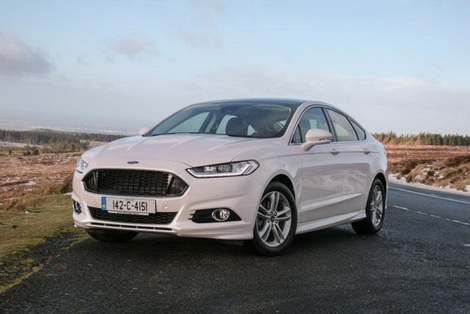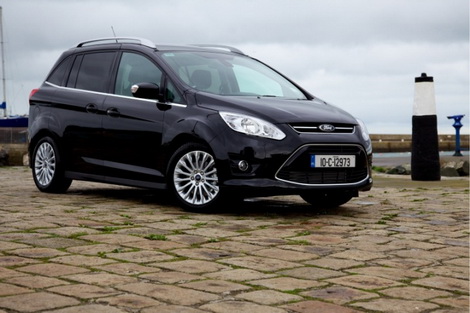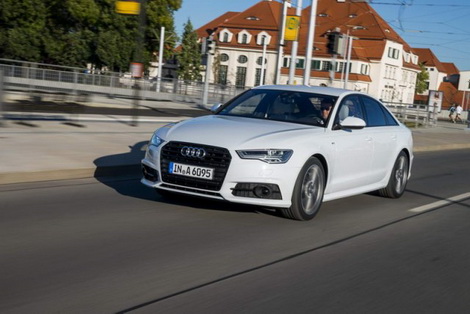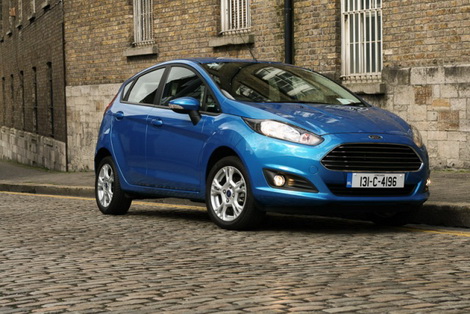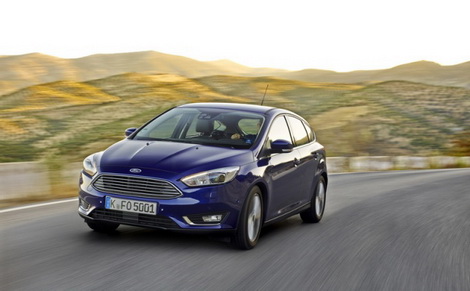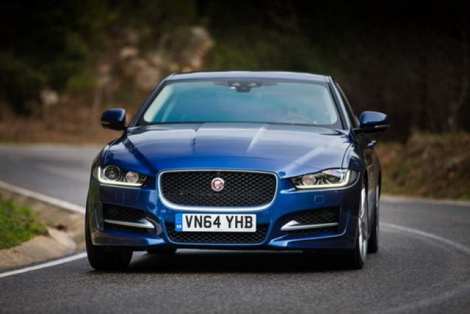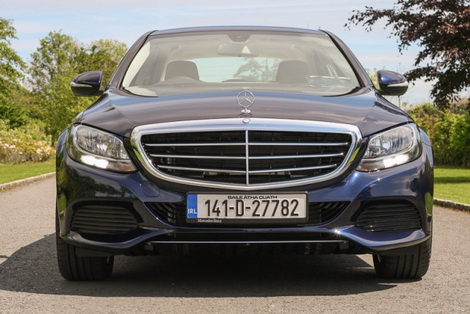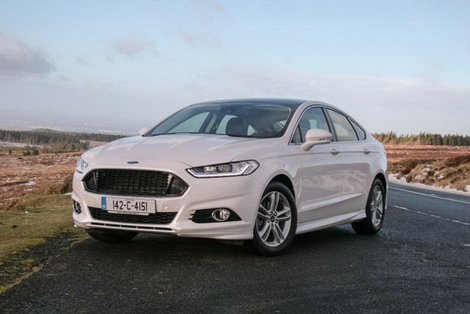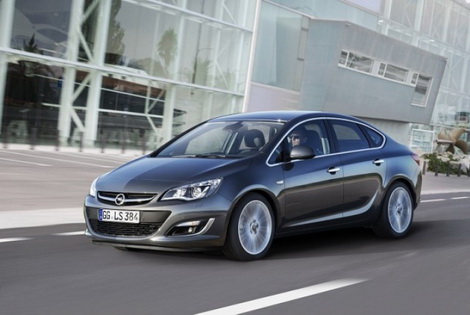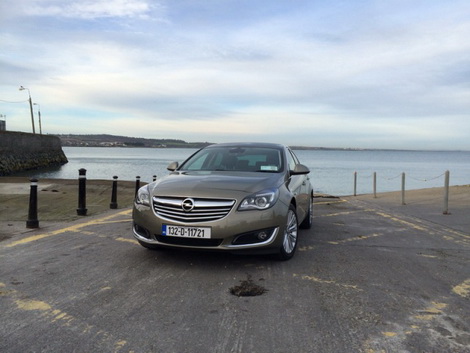Have all the great design ideas been used up?
We have a little game we like to play during new car launch press conferences. It's called Press Conference Bingo and it's how we keep a track of which buzz-phrases are being used, and how often by how many car makers. At any given new vehicle presentation you are almost certain to hear phrases such as 'premium look and feel,' 'coupé-like-window-line,' 'taut, aggressive surfacing' and even 'like an animal, ready to pounce.' None of us has yet stood up to shout "housey housey!!" but it can only be a matter of time.
I say this not to illustrate what a bunch of socially-retarded over-grown-children we are (well, not only to do so...) but to point out that car makers all say pretty much the same thing when they present a new car. That is perhaps not surprising, but what is surprising, and worrying, is that they're starting to do the same thing too.
The inexorable rise of the German 'Big Three' of Mercedes-Benz, Audi and BMW has had a dramatic knock-on effect on the rest of the industry, most especially in styling terms. That long-radius curve of the shoulder, the effect of steel so thick and solid that it can only barely be curved into shape, the big gaping grilles and narrow, piercing lights so beloved of German stylists have become universal design currency in the car world.
Try a little test. Mentally line up the new Ford Mondeo, the Audi A6, the Jaguar XE and the Mercedes C-Class side by side and try to find differences. You will, of course. The badges are, naturally, a giveaway, but aside from the small details that differentiate the cars, look at the overall shapes, the stance, the body language - it's basically the same, isn't it?
Worse yet, we have entered another cycle of cars within car makers' ranges all looking the same as one another. Now, a Fiesta looks like a Focus looks like a C-Max looks like... you get the idea. A ditto amount of good luck will be needed to tell one Audi model from another at a casual glance and it's basically hopeless trying to tell the Opel Insignia saloon apart from an Opel Astra saloon unless you're a proper car bore.
This rush to create a copy-cat language of chunky, imposing body shapes has but a single drive behind it - sales. Having seen the ever-upward curve of luxury German sales, every car maker is scrambling desperately to try and emulate BMW, Audi and Mercedes and the result is that car design is rapidly heading towards a common point. We saw something similar back in the late eighties, when everyone copied the aerodynamic 'jelly mould' look of the Ford Sierra, but the greater problem now is ingrained conservatism. Back in the nineties, car makers could take styling risks from time to time (Renault's original Twingo, the first generation Ford Focus for instance), but now, with margins tight and sales volume occupying the throne of importance, no-one is going to break away from the herd. Even iconoclastic Renault has now made its once-ground-breaking Espace look like a me-too SUV.
Stephen Bayley is probably best described as a design guru, consulting on architecture and product design the world over. He's also a writer, broadcaster and, crucially for our purposes, an utter car nut. His coffee-table book on the history of car design (Cars: Freedom, Style, Sex, Power, Motion, Colour, Everything - the title taken from a Tom Wolfe quote) is required reading. Food for the brain as well as the eyeballs.
A while back, I chatted with him about the sad passing of Sergio Pininfarina, scion of the great car design family and the man behind generations of great Italian car designs. I suggested to Stephen that Sergio's passing represented a high water mark of great car styling and, sadly, he agreed with me.
"The extraordinarily significant thing is that if you take the long history of car design there were two really important stories. One was the American tradition, which was born in Detroit and went for razzmatazz and then died out in the sixties; there have been no great American cars since about 1967. And then there was the Italian tradition, which came out of the old coachbuilding firms, literally carozzeria, in Turin and Milan. And they turned the design of car bodies into, literally, very high art. There's no question in my mind that in pure aesthetic terms, Pininfarina's achievements are the equal of any art of the 20th century.
"That moment's over" says Bayley. "For two reasons; partly because we're five minutes to midnight for the motor car and secondly because the remaining successful car companies have learned all the lessons that Farina could teach them. They've all got in house designers now, so there's something terribly elegiac about the passing of Sergio Pininfarina. It's the death of a great artist, a great entrepreneur, but also the end of a particular historical moment.
"We're at a moment of historical crisis, in terms of culture, art, consciousness. To an extent, the line of beauty in car design became exhausted. We've run out of great shapes. Pininfarina did his best work for Ferrari, indisputably. But, you know, Ferrari hasn't produced a really beautiful car since, we could debate this, but I think certainly in my case since the early 1970s. That version of beauty, alas, is no longer relevant.
"What's charming about the whole Pininfarina story is that, at one time, clueless manufacturers, like Austin and Morris in the British midlands, needed an idea for what their God-awful new car should look like, and they'd hire Farina to do it. And he would nip up to Longbridge or Cowley with an armful of sketches and say 'this is how it's done.' And they'd all gasp and say 'my God, this IS how it's done' and they'd go and do it. But that moment is now passed. We've got two or three colleges around the world producing great, or at least very competent, designers. Even with the extraordinary talent of Sergio Pininfarina, he couldn't outlive his historical moment."
It's sad but true. Cars are no longer seen as the wonderful, glorious mechanical concoction they once were. Now, at best, they're seen as an expensive appendage to the rest of your life. At worst, they're seen as a needless chore, something that absorbs more money and effort than it grants reward. Look at the figures of car ownership in the great capitals of Europe. Car ownership per 1,000 head has plummeted - down nine per cent in Paris in just under a decade and eight per cent in London. Terrifyingly, it's down by 14 per cent in Munich - home to both BMW and Audi. People no longer love their cars with the fervour they once did. Cars were once the beginning of youthful freedom, now they just get you stuck in traffic jams or, worse, land you with speeding or parking fines. The ardour of ownership is transferring, steadily and inexorably, to phones, computers and tablets. Connectivity is what we now desire, not performance.
The knock-on effect of this on styling is going to be enormous. Cars will have to reflect the greater focus on connectivity by becoming less about being an exterior statement of intent or success, and more about an interior statement of integration and usability. Once self-driving cars become widespread, the need for exterior styling will begin to evaporate completely. Cars will become faceless blobs, because all the interest will be on the inside.
Sounds apocalyptic? Maybe it is, a little, but the sheer fear of losing money on an unloved design is paralysing car makers right now, and the fact that people care far more about their smartphones means that the investment is not going into creating beautiful cars; it's going into creating functional interfaces between car, human and device.
The last hope, according to Bayley, is for a simple, affordable, frugal car to come along and retain some level of desire through its sensibleness and affordability. "My own guess is what we might see, I'm pretty sceptical about the future of the personal car, while it won't be over this year, or next year, people at some point in the not too distant future are going to regard it as completely ridiculous that a single human being used to travel around in a tonne and a half of metal.
"I think that the next leap forward isn't going to be like the 1955 Citroen DS, it's going to be something astonishingly economical. Someone, possibly even Citroen, is going to invent something like the original 1938 2CV, or even the 1980 Fiat Panda. Something extraordinarily simple, no electronic gadgets, a small oil burning engine, canvas seats. Something like that, in my view, would actually be tremendously exciting. It would get us back to that fundamentally gratifying thing of having a simple machine which is enjoyable to use."

